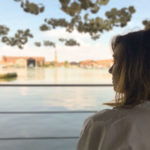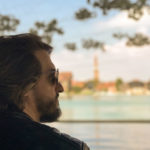Artistas
Our history
In March 2008 The Pparalelo Group of Contemporary Art was constituted in the city of Campinas, São Paulo, Brazil with the clear desire to act, through artistic actions, in the landscape of urban centres other than capitals. Through praxis, drift, collaborative work and dialogue, the possibilities of building new agendas, other professional relationships and affective bonds of friendship, while proposing other ways of activating latent artistic circuits and hubs in different Brazilian and other Latin American cities.
Now
The place/site of today’s art, it sustains being elements of its purpose and strategy. The actions and interventions in the landscape are still an essential part of its methodology. Expanding the forms and times for work in art, it has always been to establish revision plans and constant self-criticism within the artistic and social circuits in order to combine ethics, poetry and aesthetics in contemporary times.
The following five years
The grouping is suited for a fixed duo that invites like-minded for external and punctual actions, as it holds up to the present day. This way of operating allows the actions carried out to increase the creative and poetic positions of its members, linked to the diversity of their positions in the local and international cultural and artistic circuit. It prepares the pair for an operational mode that inaugurates these next five years, begun in 2019, by means of remote actions, linked to another spectrum of platforms for the art propositions, in which the geographic distance of its present bases (Brazil – England) combines to the agility of work and deployment in information networks.
The first five years
Developed through actions and interventions of a public, temporary nature, in a way that reactivated the configurations that generated many of the known artist groups. In this way, the structure assumed by the group established its distrust of all kinds of centralisation and fixed roles in the circuit preferring the expansion of perception and places of art as well as being attentive to awaken new partnerships and establish other audiences for their projects. One of its main statements configures it as parallel and non-collective. It is intended to be cultural and not just artistic and works art-actions suggested by alternating forces within the group.


